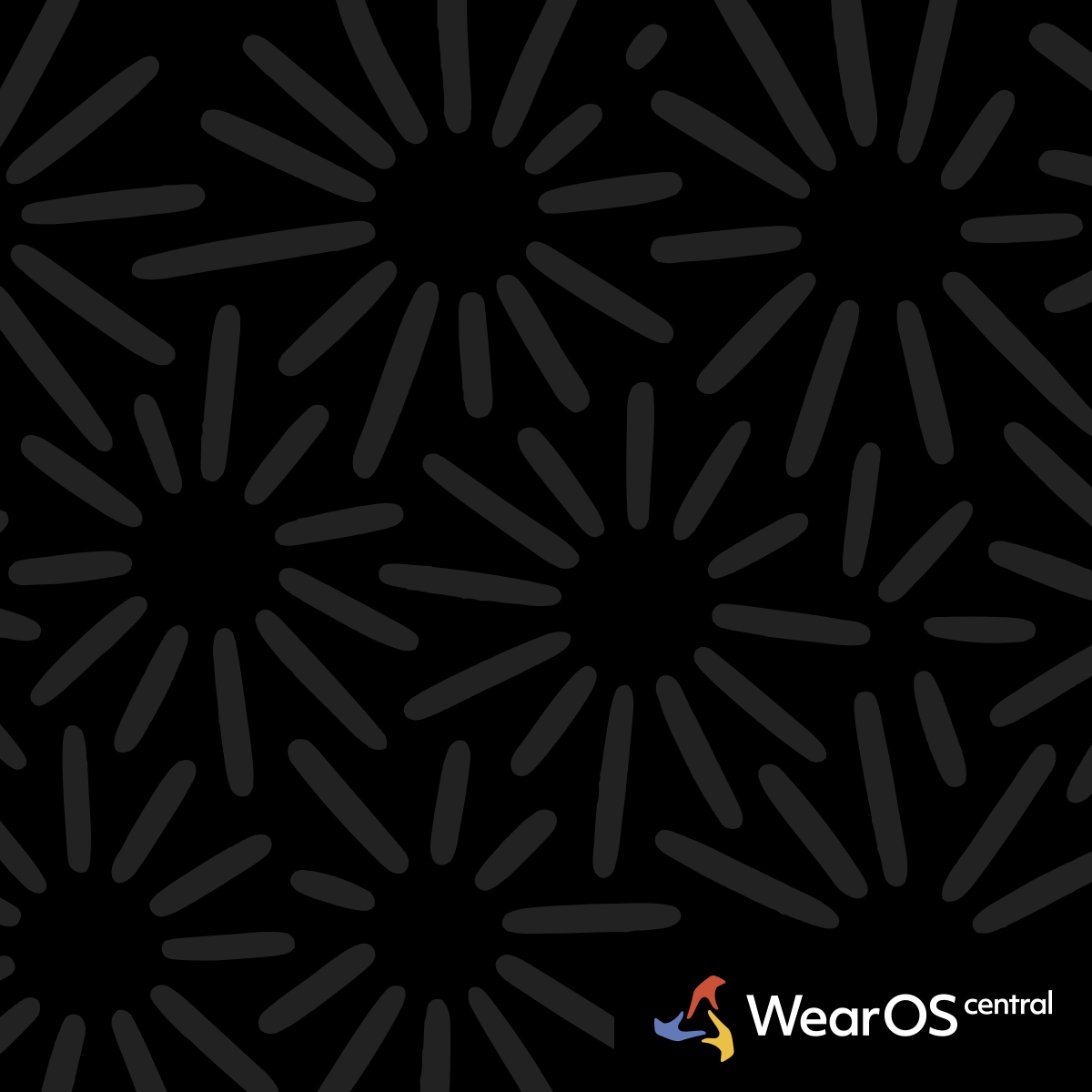Physical Bezel vs Touch Bezel
Watches: Galaxy Watch Ultra | Galaxy Watch 8 Classic | WearOS 6
I have spent considerable time with both physical rotating bezels (on my Galaxy Watch Classic series) and the newer touch bezel system (on my Galaxy Watch Ultra). The experience has given me strong opinions about which approach works better in different scenarios.
The shift from physical to digital represents more than just a technology change it fundamentally alters how you interact with your watch. After a month of switching between both systems, I can tell you the differences matter more than you might expect.
Why I Still Love Physical Rotating Bezels
There is something genuinely satisfying about the mechanical click of a physical rotating bezel. When I pick up my Galaxy Watch Classic, the tactile feedback feels substantial and precise. Each click has weight behind it and you know exactly when you have moved one position. The natural intuitive action of gripping it and rotating it feels completely instinctive.
The physical connection between your finger and the mechanism creates this wonderful sense of direct control. I navigate with my eyes closed more confidently with a physical rotating bezel unlike the touch bezel which does have a moment of uncertainty as you try to register your touch with the touch bezel system.
The Reddit community over at r/galaxyWatch are incredibly passionate about the existence of a physical rotating bezel on the Galaxy Watch 8 Classic.
Where Touch Bezel Actually Wins
But here is where the touch bezel on my Galaxy Watch Ultra surprised me: the granular control is genuinely superior for certain tasks. Without physical detents limiting movement, I can achieve incredibly smooth navigation that adapts to my finger speed.
When I am scrolling through a long workout history or adjusting brightness in tiny increments, the touch bezel lets me move at exactly the speed I want. Slow and precise when I need accuracy, fast and fluid when I am blazing through options.
I also don't have to worry about it being damaged since it is safe within the housing of the Galaxy Watch Ultra unlike the physical rotating bezel which is exposed.
The Same Frustrating Limitation
Both systems share the same maddening limitation: you cannot control music directly from the watch face. Whether I am using the physical rotating bezel on my Galaxy Watch 8 Classic or the touch bezel on my Ultra, I still have to navigate to the media app first.
I understand why Samsung made this design choice - the automatic context detection works reliably for core navigation tasks. But as someone who constantly adjusts music during workouts, this limitation bugs me on both systems.
The Feel Factor
Here is where personal preference becomes everything. The physical rotating bezel gives you absolute certainty - each click represents exactly one position moved. I never doubt where I am in a list because I can count the clicks.
The touch bezel provides variable haptic feedback that feels convincing but lacks that absolute precision. It is like the difference between a mechanical keyboard and a touchscreen keyboard - both work, but they appeal to different sensory preferences.
I have noticed that my friends who swear by mechanical keyboards gravitate toward the physical rotating bezel, while those comfortable with touch interfaces prefer the touch bezel's fluidity.
How Each Changes Your Behavior
The physical rotating bezel makes me more deliberate. Each mechanical click feels intentional, so I tend to navigate more thoughtfully through menus. It slows me down in a way that often prevents overshooting targets.
The touch bezel encourages flowing, gesture-like movements. I find myself sweeping through long lists more confidently because I can adjust my speed mid-gesture. It feels more natural for rapid navigation.
Which One Should You Choose?
After extensive use of both systems, here is my honest take:
Choose the physical rotating bezel if you value precision above all else, prefer mechanical feedback, or need reliable one-handed navigation in situations where you cannot look at the screen.
Choose the touch bezel if you want smooth, variable-speed navigation, prefer silent operation, or find yourself frequently making fine adjustments to settings like brightness or volume.
Personally, I switch between both watches depending on my activities. Physical rotating bezel for focused work sessions where precision matters, touch bezel for workouts where fluid control feels more natural.

 InventorBlack
InventorBlack